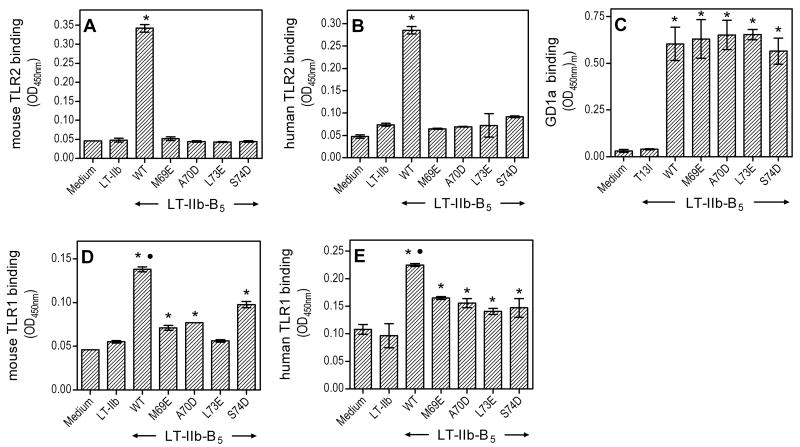Figure 1. Hydrophilic point mutations in the upper region of LT-IIb-B5 inhibit binding to TLRs but not to GD1a.
Binding of wild-type (WT) LT-IIb-B5 or upper-region point mutants (M69E, A70D, L73E and S74D) was determined on microtiter wells coated with mouse or human TLRs as indicated (A,B and D,E) or with GD1a ganglioside (C). The LT-IIb holotoxin and a lower-region point mutant of LT-IIb-B5 (T13I) were used as negative controls in the TLR (A,B and D,E) and GD1a (C) binding assays, respectively. All ligands were used at 10 μg/ml, and bound protein was detected colorimetrically after probing with anti-LT-IIb Ab, followed by addition of peroxidase-conjugated secondary Ab. Data are shown as means ± standard deviations (SD) (n = 3) from one of three independent sets of experiments that yielded similar results. Asterisks denote statistically significant (p < 0.05) binding compared to negative controls, and black circles in D and E indicate significantly higher (p < 0.05) binding by WT compared to all upper-region point mutants.

